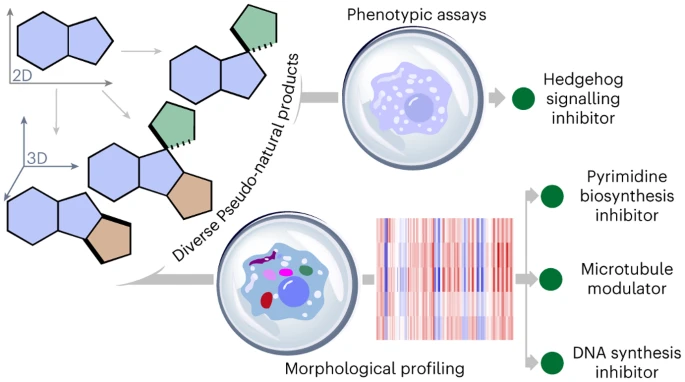Researchers Group at IIT Delhi has developed a new way to use the Red Blood Cell membrane (RBC membrane) for chemotherapy applications. The technology is a big success because it can be based on the RBC membrane of the patient, which reduces the side effects.
Key Highlight:
- A research group from IIT Delhi’s Centre for Biomedical Engineering has developed a technique for chemotherapy using RBC membrane (CBME).
- The method allows for tailored therapy based on the patient’s RBC membrane, reducing side effects.
- Prof Neetu Singh (lead researcher) and Sahil Malhotra from the Centre for Biomedical Engineering were recently published in Acta Biomaterialia and use nature’s delivery vehicle – RBCs – to address a long-standing drug delivery problem by delaying immune cell recognition.
- The approach includes shrinking RBCs into nano-sized biocompatible vesicles in the lab.
- The particle lipid bilayer can trap drug molecules and prolong circulation.
A research group at IIT Delhi’s Center for Biomedical Engineering has developed a way to use Red Blood Cell (RBC) membrane for chemotherapy applications (CBME). The technology is a big success because it can be based on the RBC membrane of the patient, which reduces the side effects.
The research by Prof. Neetu Singh and Sahil Malhotra from the Centre for Biomedical Engineering was recently published in Acta Biomaterialia. It is based on nature’s delivery vehicle, the RBC, and uses its long-circulating nature to solve a long-standing drug delivery problem. (https://www.sciencedirect.com/science/article/abs/pii/S1742706120307030)
The technology is about making the RBCs in the lab into smaller (nano-sized) biocompatible vesicles. In this case, drug molecules can just get stuck inside the particle’s lipid bilayer and stay there for a long time. Prof. Neetu Singh’s lab did this work with the help of Prof. Sujata Mohanty from the All India Institute of Medical Sciences (AIIMS), New Delhi. This work was done in an animal system.
Only a small number of synthetic nanoparticles being used in nanomedicine have short circulation times and are often linked to non-targeted toxicity right now.
“The idea here is to use the body’s cells to load multiple drugs at the same time and reach tumor sites in high concentrations.” However, this nano-RBC platform has the same ability to be changed as other polymer systems or the liposomes that are usually used, but it is more effective, says Prof. Neetu Singh, CBME, IIT Delhi.
Prof Singh also said that “We were interested in nature’s oxygen delivery vehicle, the RBCs, because these are also the longest-circulating cells.” However, it’s hard to control natural systems in the same way we can control synthetic systems, like physical and chemical properties. Over the last few years, we have shown that RBCs can be used to deliver drugs, and we have found ways to make the naturally-formed vesicles work for different things.
A technology has been developed for chemotherapy applications using Red Blood Cell (RBC) membrane by an #IITDelhi research group led by Prof. Neetu Singh from the Centre for Biomedical Engineering (CBME).
— IIT Delhi (@iitdelhi) December 23, 2021
Press Release- https://t.co/9kYreNYlG5 pic.twitter.com/ECJTB1a94T





[…] between IIT Delhi and IIIT Delhi that faculty members from both schools were asked to work on IIT Delhi Research Group developed a strategy for chemotherapy that utilizes RBC membranesResearchers Group at IIT Delhi has developed a new way to use the Red Blood Cell membrane (RBC […]